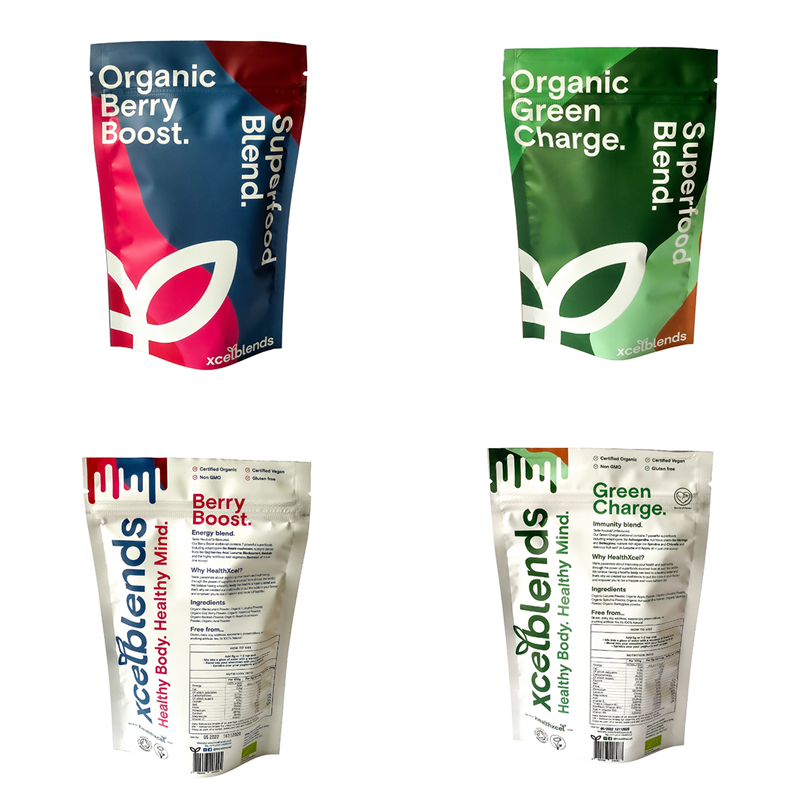Many people promote Spirulina as a treatment for a range of metabolism and heart health issues, including weight loss, diabetes and high cholesterol…
What are the benefits of spirulina?
One tablespoon = 7 grams (g)
- 20 calories
- 4.02 g of protein
- 1.67 g of carbohydrate
- 0.54 g of fat
- 8 milligrams (mg) of calcium
- 2 mg of iron
- 14 mg of magnesium
- 8 mg of phosphorous
- 95 mg of potassium
- 73 mg of sodium
- 0.7 mg of vitamin C

High in nutrients: Spirulina is extremely high in nutrients. Just 1 tablespoon of Spirulina contains the above.
It is a powerful antioxidant: Spirulina is a fantastic source of antioxidants that can protect against oxidative damage. Oxidative damage can harm your DNA and cells, which can lead to major diseases. This is due to spirulina containing an active component called phycocyanin, which not only gives the distinct blue/green colour it fights free radicals too.
It has anti-inflammatory properties: Just as the point above, the phycocyanin inhibits inflammatory signalling molecules. It is these anti-inflammatory properties that when added to your diet, reduce inflammation and swelling.
Rhinitis: Spirulina also aids in improving allergic rhinitis. So if you find your nasal passageways constantly inflamed, due to pollen, pet hair, dust or allergens then spirulina can help. [https://www.ncbi.nlm.nih.gov/pubmed/24324897]
Another study [https://www.ncbi.nlm.nih.gov/pubmed/18343939] showed 127 people with allergic rhinitis, were given 2g per day dramatically reduced symptoms like nasal discharge, sneezing, nasal congestion and itching.
Research ongoing, to see if it can have anti-cancer properties. Studies more so on oral cancer are continuously being done and one study examined 87 people from India, who had Oral sub mucous fibrosis in the mouth. 45% of those who took 1g a day, for a year saw their lesions disappear. [https://www.ncbi.nlm.nih.gov/pubmed/8584455]
Lowers cholesterol:Studies have shown that spirulina may help lower cholesterol levels. A study in 2016, suggested that incorporating it, through supplements can have a positive impact on blood lipids [https://www.ncbi.nlm.nih.gov/pubmed/26433766]. During the above study, Spirulina was found to reduce total cholesterol and lower the “bad” cholesterol known as LDL. Furthermore it helped increase the “good” cholesterol, referred to as HDL.
Reduces blood pressure: May reduce blood pressure. High blood pressure can lead to serious diseases such as heart attacks, strokes and chronic kidney issues. With just 4.5g of spirulina a day, studies have shown a reduction in blood pressure. [https://www.ncbi.nlm.nih.gov/pubmed/23754631] & [https://www.ncbi.nlm.nih.gov/pmc/articles/PMC2211748/]
Anaemia: May help against Anaemia. [https://www.ncbi.nlm.nih.gov/pmc/articles/PMC4012879/] Studies have shown that spirulina supplements in diets on people with anaemia have noticed their haemoglobin content of red blood cells increase. Additionally, their immune function has shown improvements too.
How much spirulina should we have?
Of course, we all want to ensure we have the best amount of nutrients in our diet. But this isn’t always feasible and is still something we are working tirelessly towards. But until then, an extra scoop of healthxcel Green Charge will definitely enhance your health. Source for dosage: [https://examine.com/supplements/spirulina/]:
In general, 1-8g per day of spirulina has been shown to have some effect. The specific doses depend on the condition it’s being used for:
- For cholesterol, doses in the range of 1-8 g per day may be impactful.
- As for muscle performance, doses of 2-7.5 g per day have been used
- For blood glucose control, very mild effects have been seen with 2 g per day
- Blood pressure may be affected at doses of 3.5-4.5 g per day
- Effects for fatty liver have been seen at doses of 4.5 g per day.

Further Reading:
